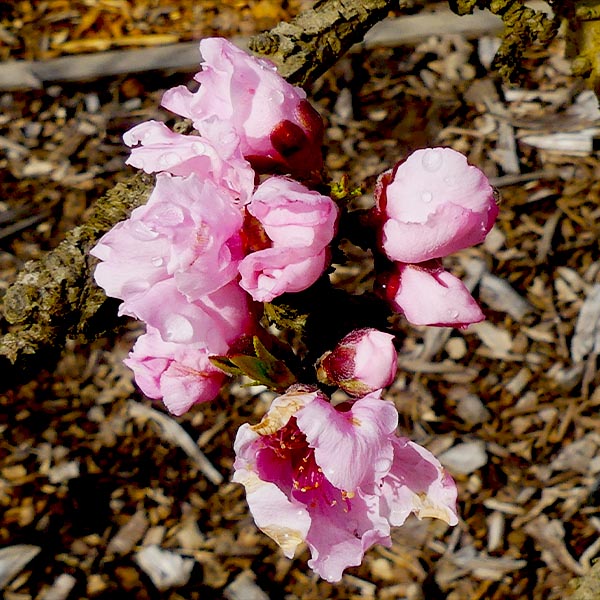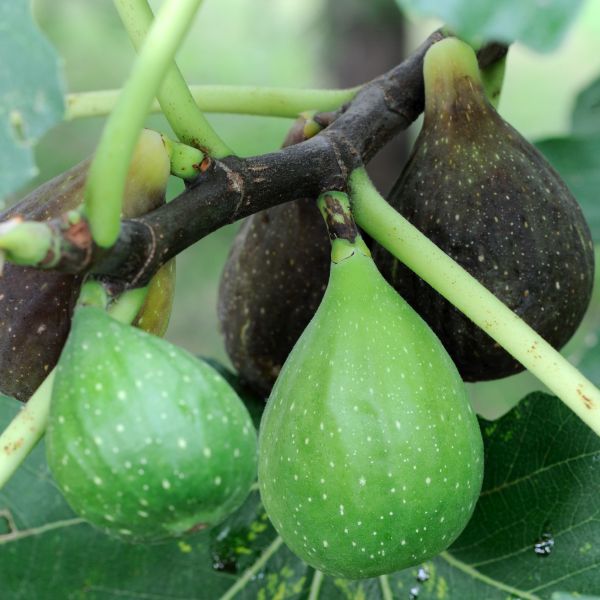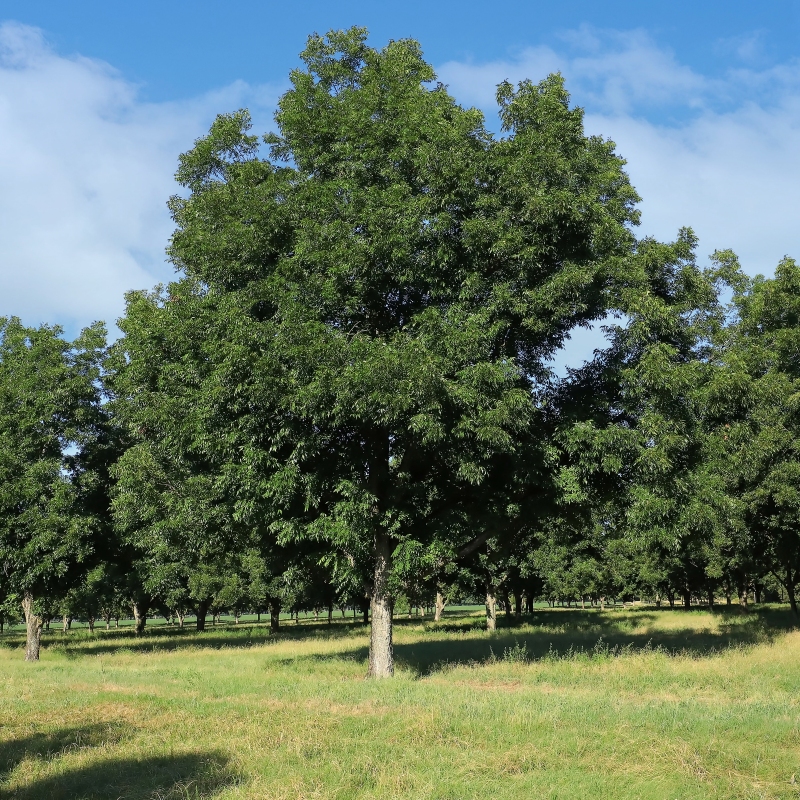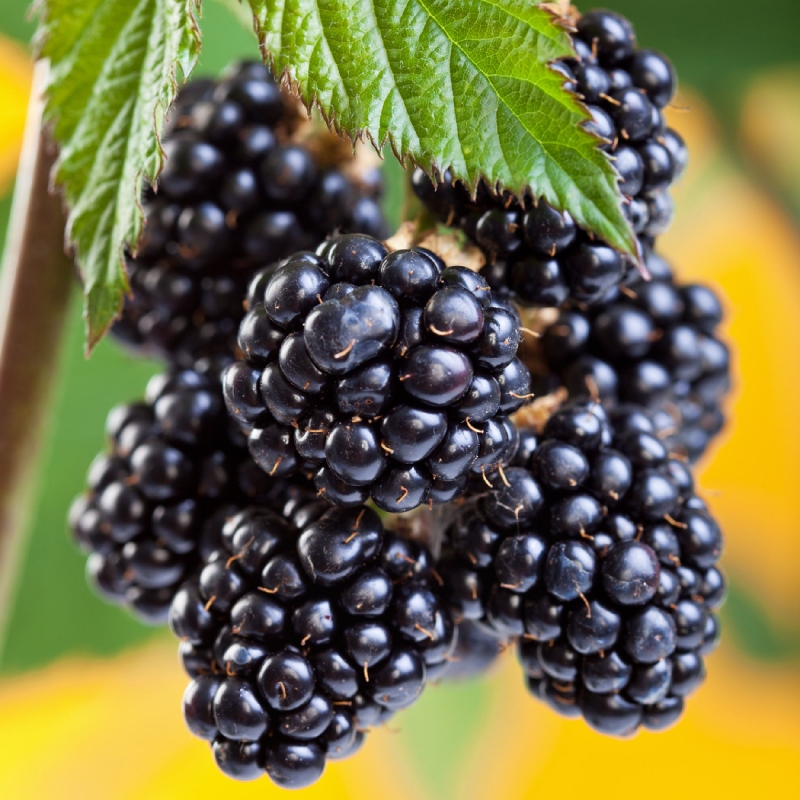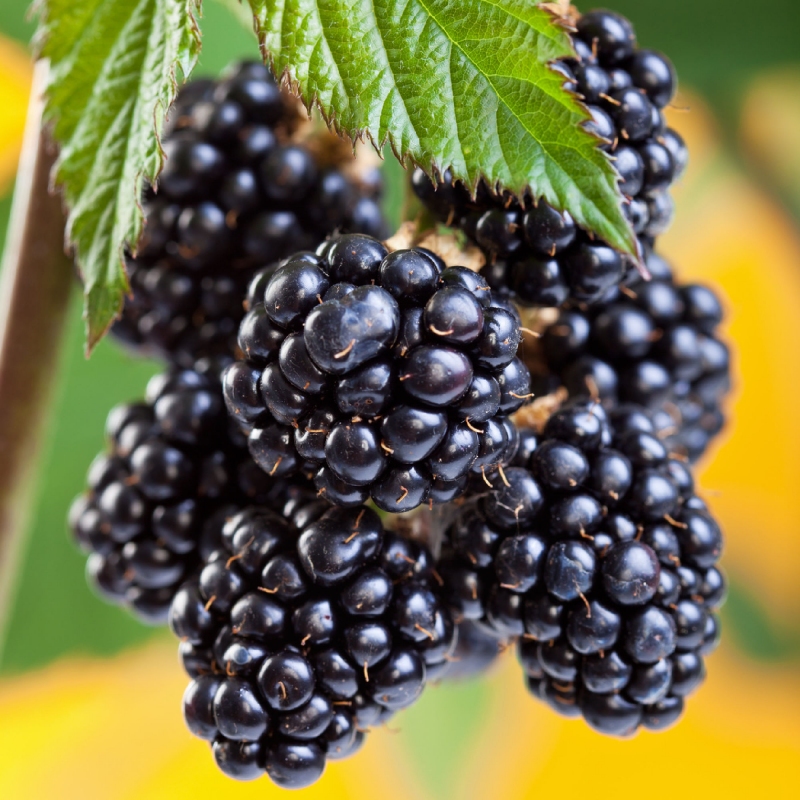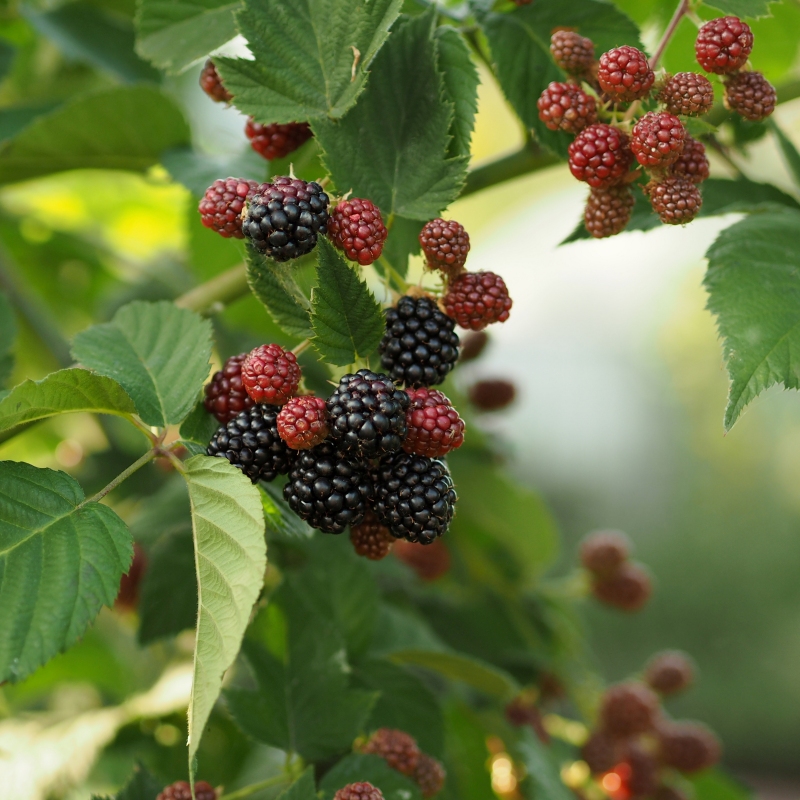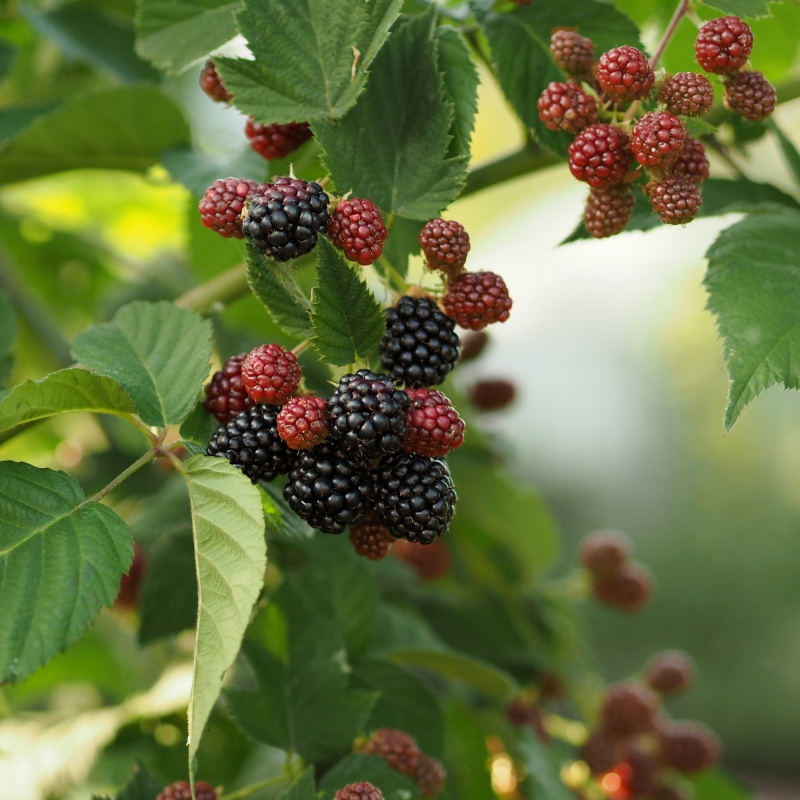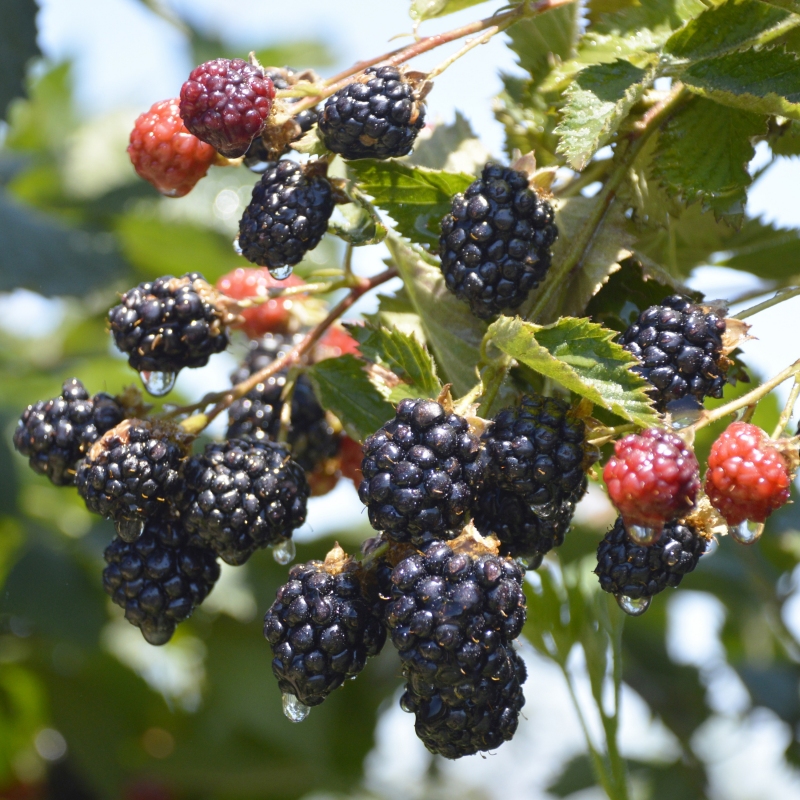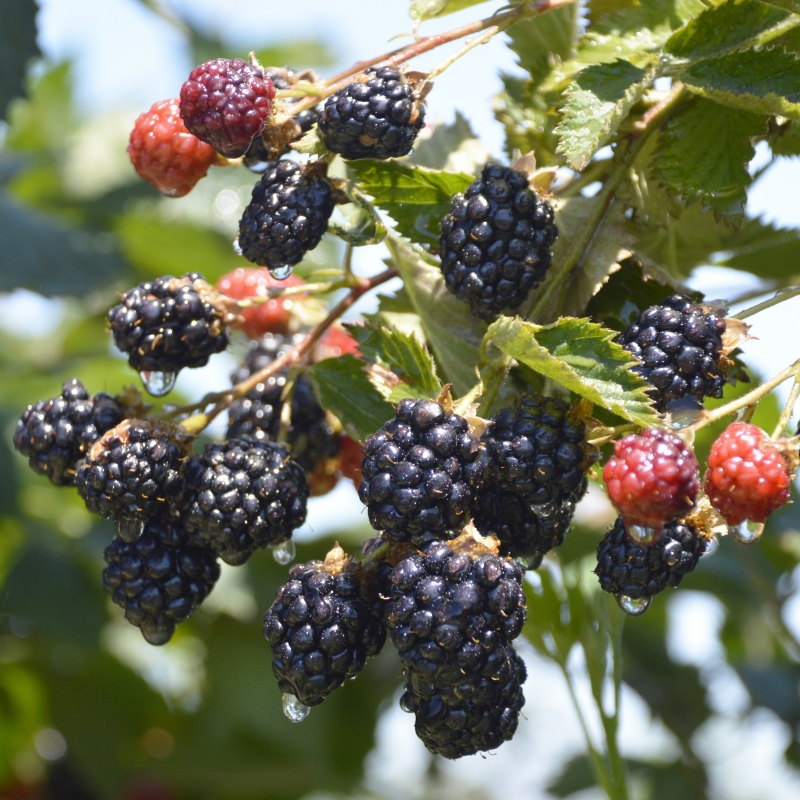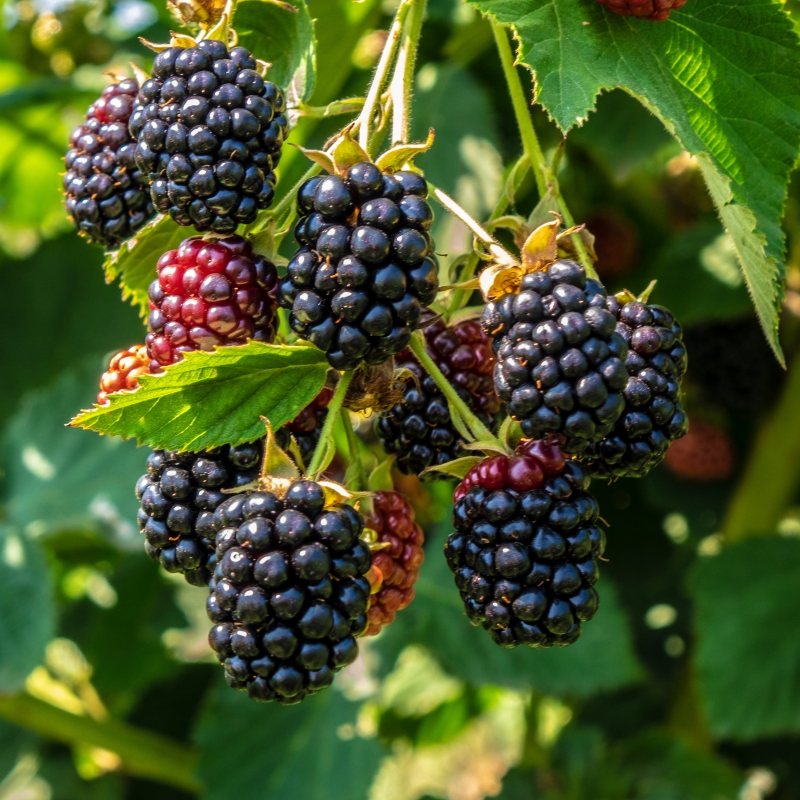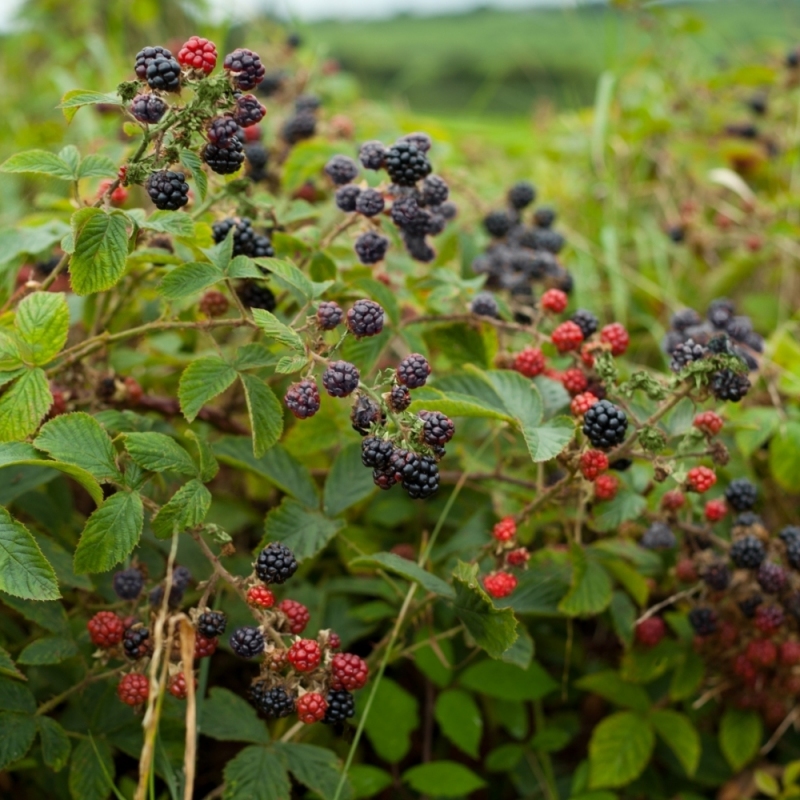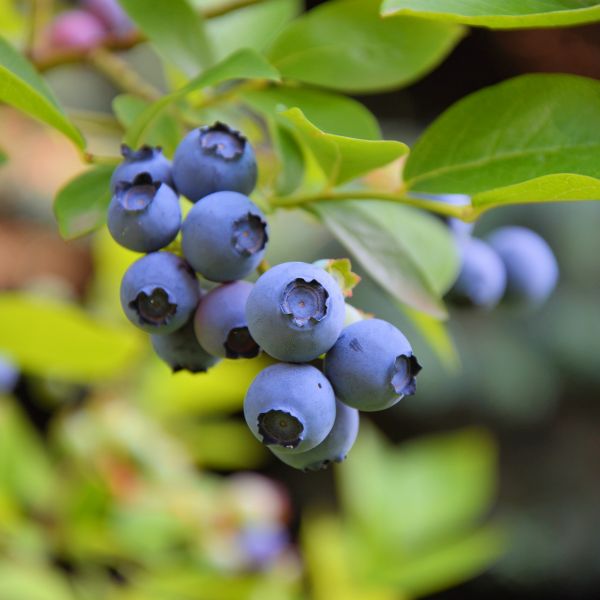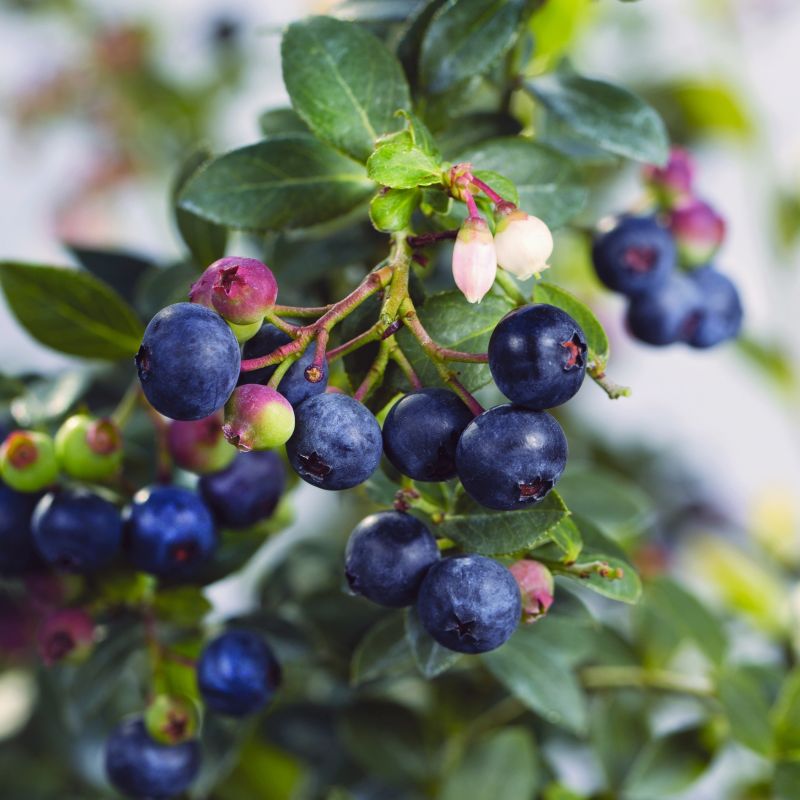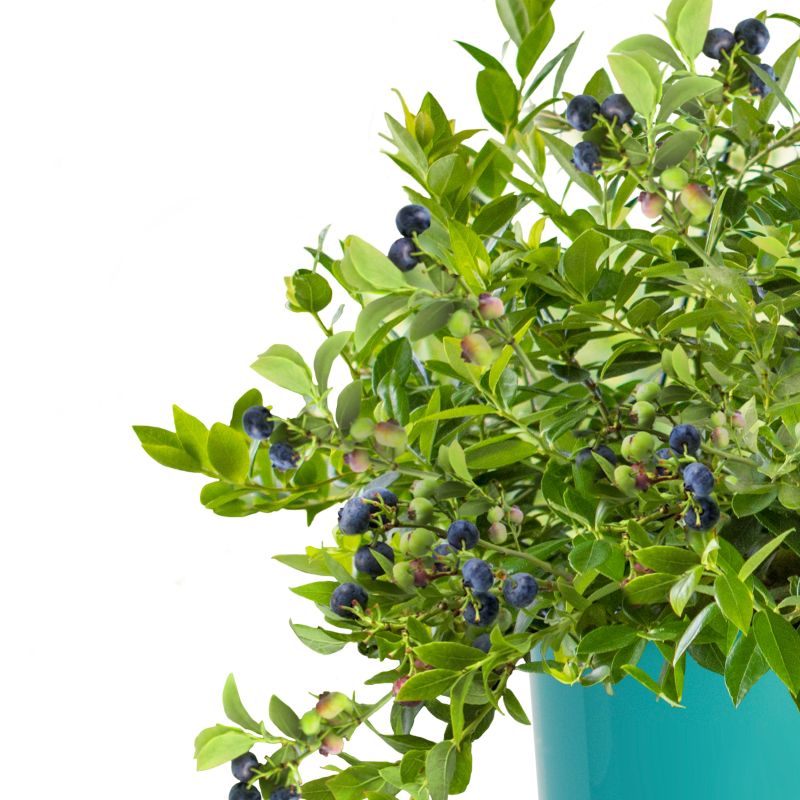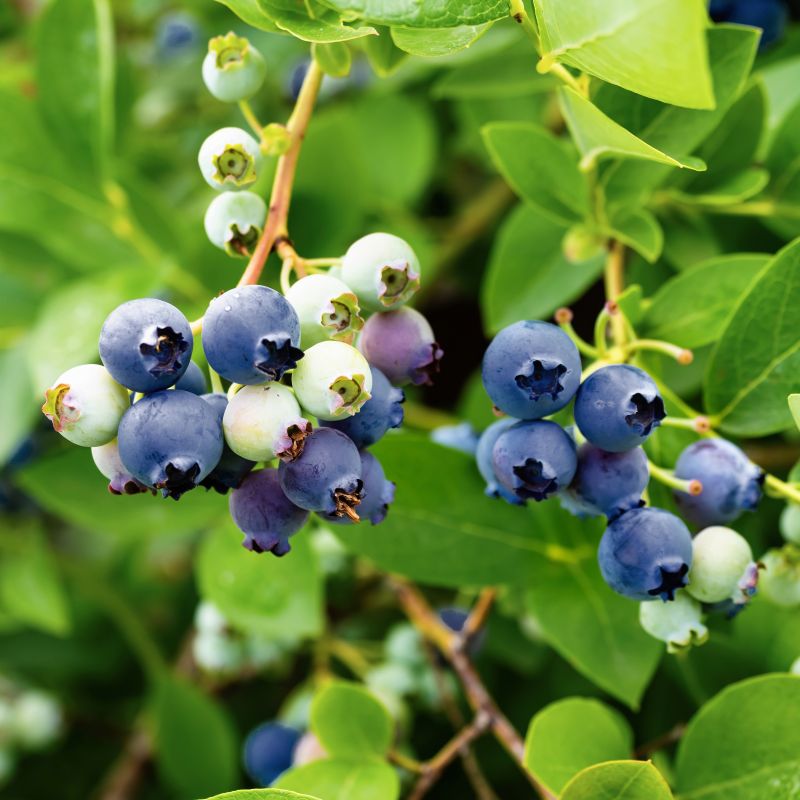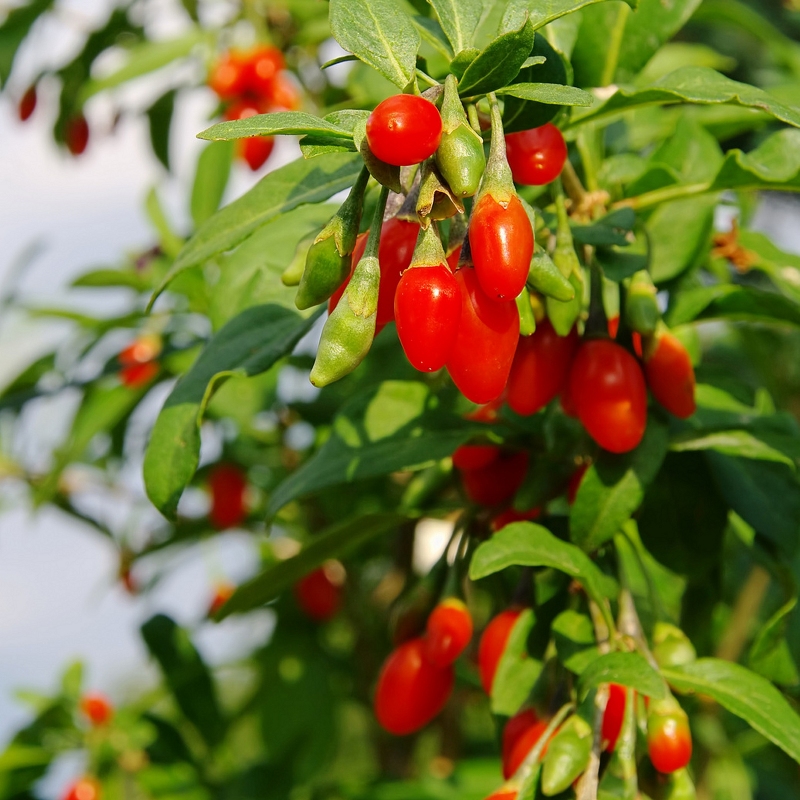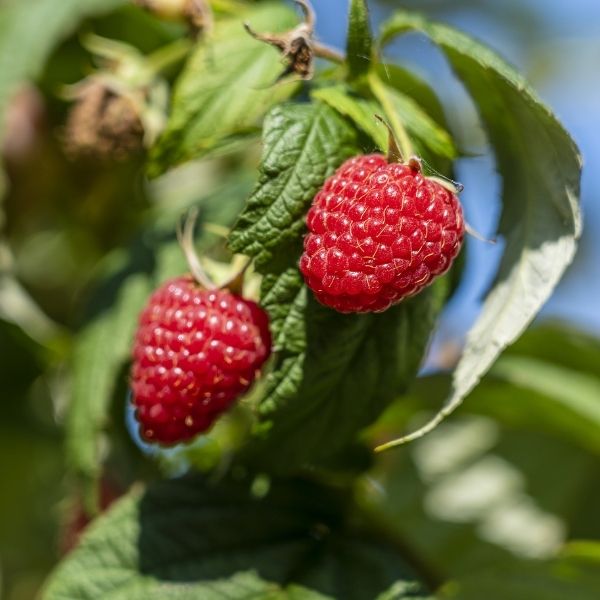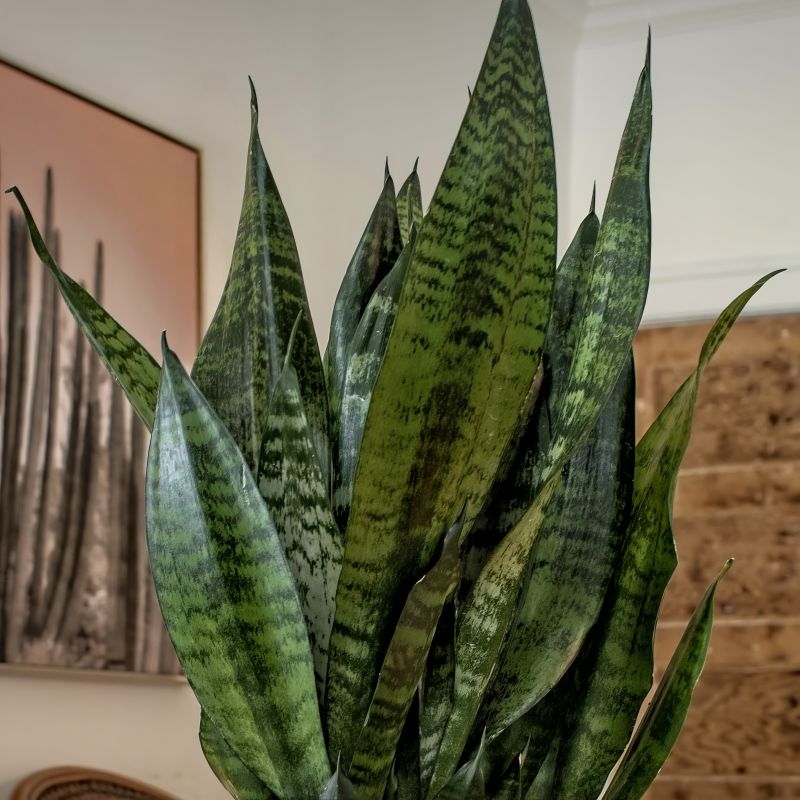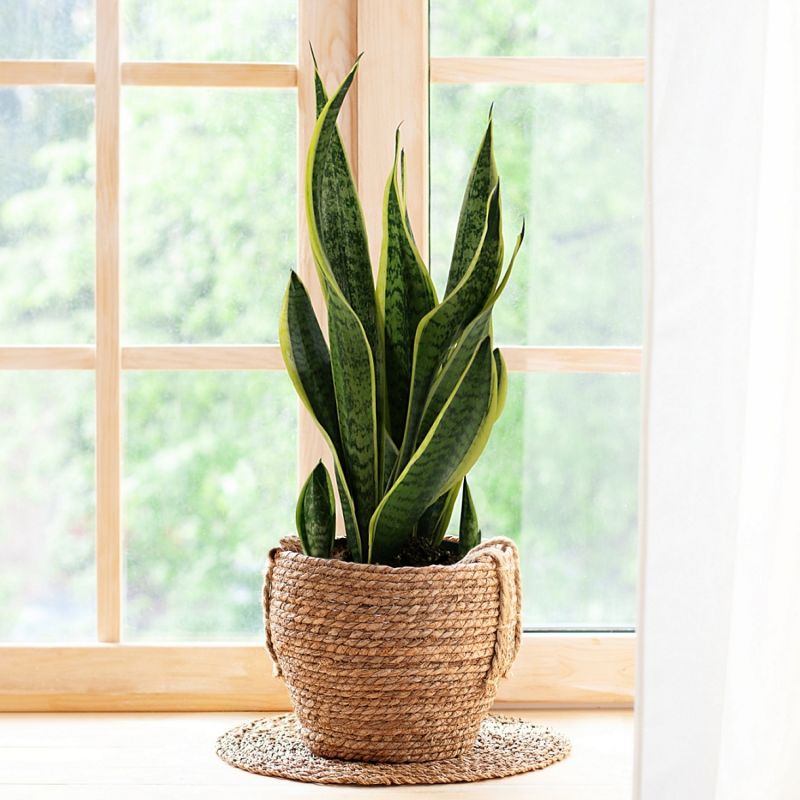

Mini Nectar Babe Nectarine
Prunus persica nucipersica 'Nectar Babe'
18 reviews


Mini Nectar Babe Nectarine
Prunus persica nucipersica 'Nectar Babe'
18 reviews
$115.00
$165.00
30% Off
2.5 Gallon
We are sorry, product is currently out of stock due to seasonal availability. Please check the "Related plants available in your area" section below
Why Mini Nectar Babe Nectarine?
Mini Nectar Babe Nectarine is a dwarf fruit tree that produces sweet and juicy nectarines. It is ideal for small gardens, patios or containers. It has a compact growth habit and reaches a height of only 5-6 feet. The tree bears fruit in mid-summer and requires full sun and regular watering. Its small size makes it easy to harvest and maintain.
Related plants available in your area
Sunlight
The Mini Nectar Babe Nectarine requires full sun exposure, which means it needs at least 6 to 8 hours of direct sunlight each day to thrive and produce abundant fruit.
Watering
The watering requirement for Mini Nectar Babe Nectarine is moderate. It needs regular watering, allowing the soil to dry out slightly between waterings. Overwatering should be avoided to prevent root rot, but the plant should not be allowed to dry out comp
Fertilizing
The fertilizer requirement for Mini Nectar Babe Nectarine is typically a balanced fertilizer with equal ratios of nitrogen, phosphorus, and potassium.
Mini Nectar Babe Nectarine: A Point of Architectural Interest That Brings Deliciousness, Significance, and Grandeur to Your Home
A truly unique and breathtaking expression by nature, Mini Nectar Babe Nectarine (Prunus persica nucipersica 'Nectar Babe') is a brilliant addition to your landscape design that graces your outdoor space with a variety of characters, each of which has a unique aesthetic value!
From some of the most enchanting blooms that gracefully represent love and beauty and vivid greenery that brighten up your day whenever you step into your outdoor space to the home-grown fruit that gifts you nature’s delicious flavor and sweet scent, the Mini Nectar Babe Nectarine tree is a feast for the eye (and the tummy)!
Cold hardy and heat tolerant, Mini Nectar Babe Nectarine is a deciduous small tree that reaches a mature size of 5 to 6 feet in height and spread, making it a perfect choice for your small garden! Hardy in USDA growing zones 7 to 9, Mini Nectar Babe Nectarine thrives best in full sun and prefers medium moisture, well-drained soil.
Adding tons of visual interest to the scene, the red-skinned nectarines bring captivating shades of red, orange, and golden yellow. Reminiscent of the deep tones of autumn, this rich, sweet, and juicy nectarine infuses grace, delicate allure, and joy into your outdoor space.
Besides being a shining symphony of nature's impressive hues, these yellow-fleshed nectarines offer you a full-of-flavor snack that you can eat fresh off the tree, add to an innovative savory dish like grilled salmon, or bake a nectarine and ginger pie.
Other perks of the Mini Nectar Babe Nectarine add a touch of grace to this already breathtaking piece of art. The adorable, fragrant pink flowers lend your space romantic enchantment and timeless appeal!
Take pleasure in romantic enchanting blooms, mind-soothing greenery, and finger-licking-good fruit!
Order your Mini Nectar Babe Nectarine from ShrubHub now!
Plant Information:
| Botanical Name: | Prunus persica nucipersica 'Nectar Babe' |
| USDA Zones: | 7-9 |
| Water: | Medium |
| Exposure: | Full Sun |
| Soil Needs: | Well Drained |
| Mature Height: | 5 - 6 feet |
| Mature Spread: | 5 - 6 feet |

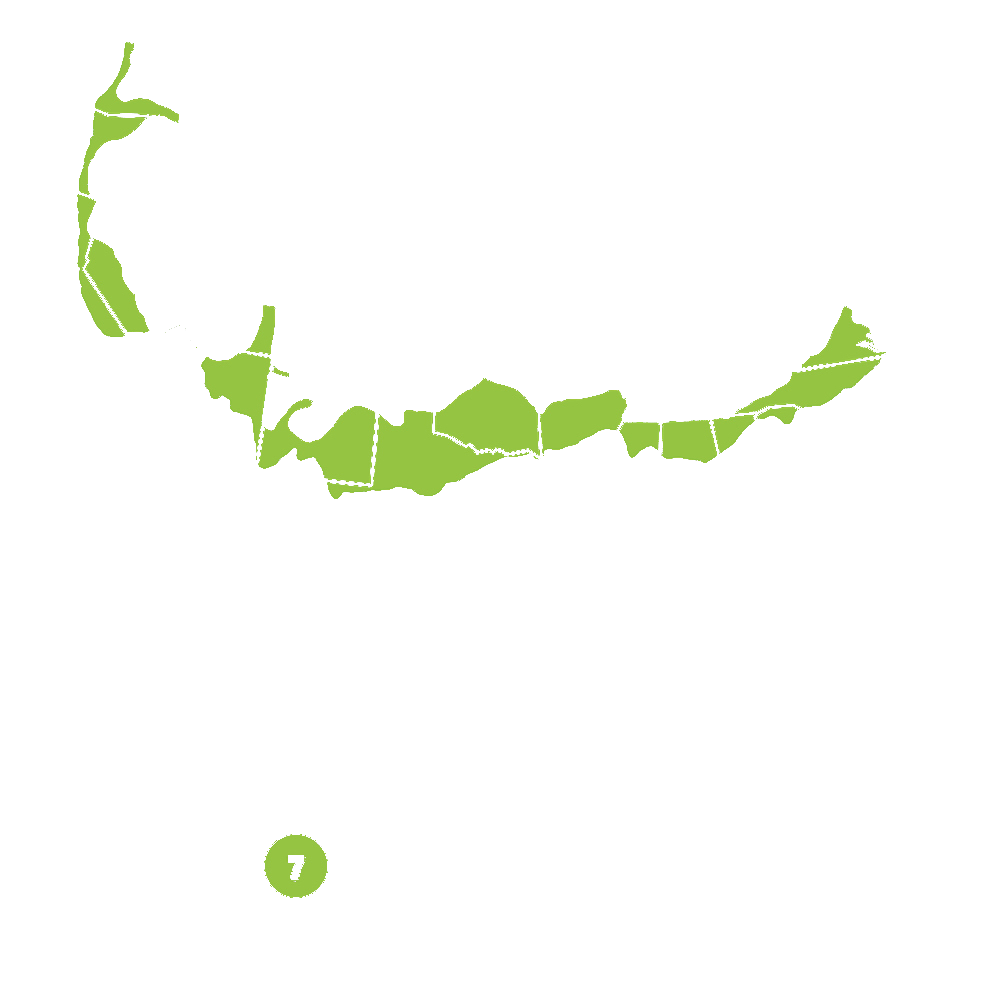
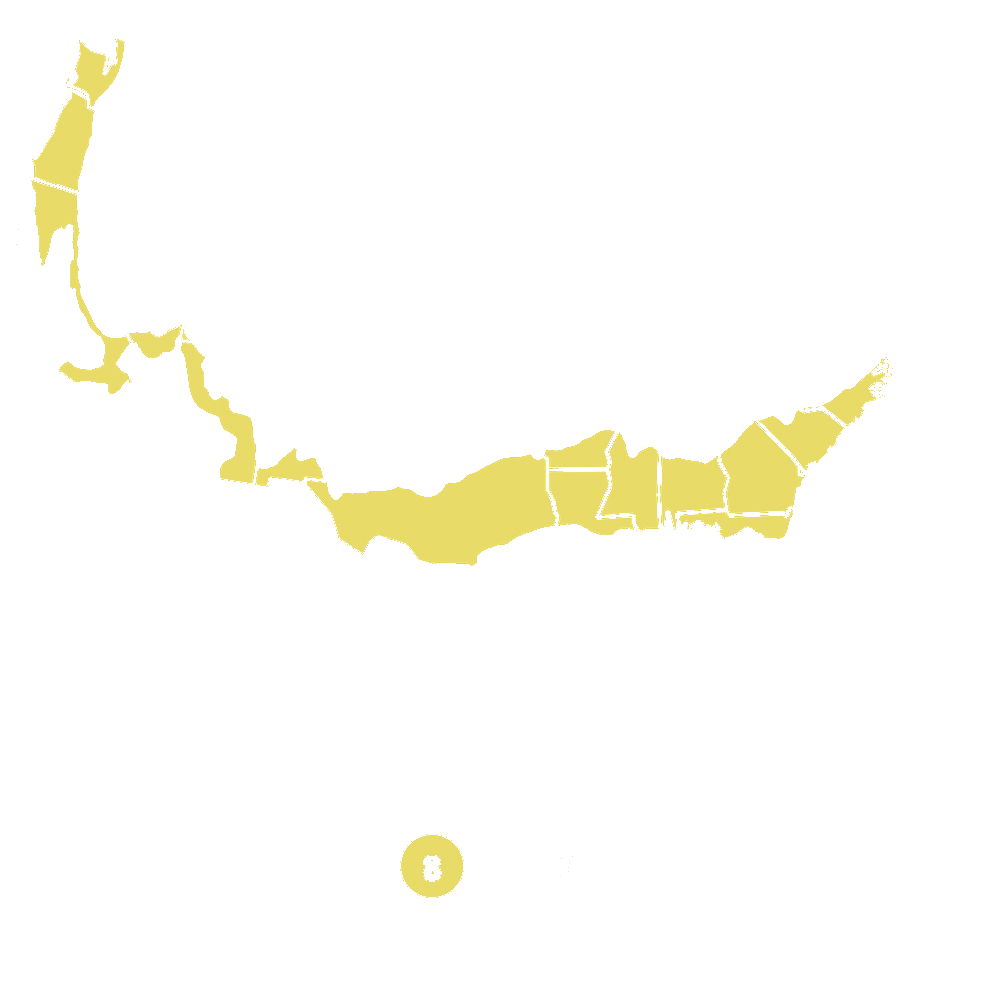
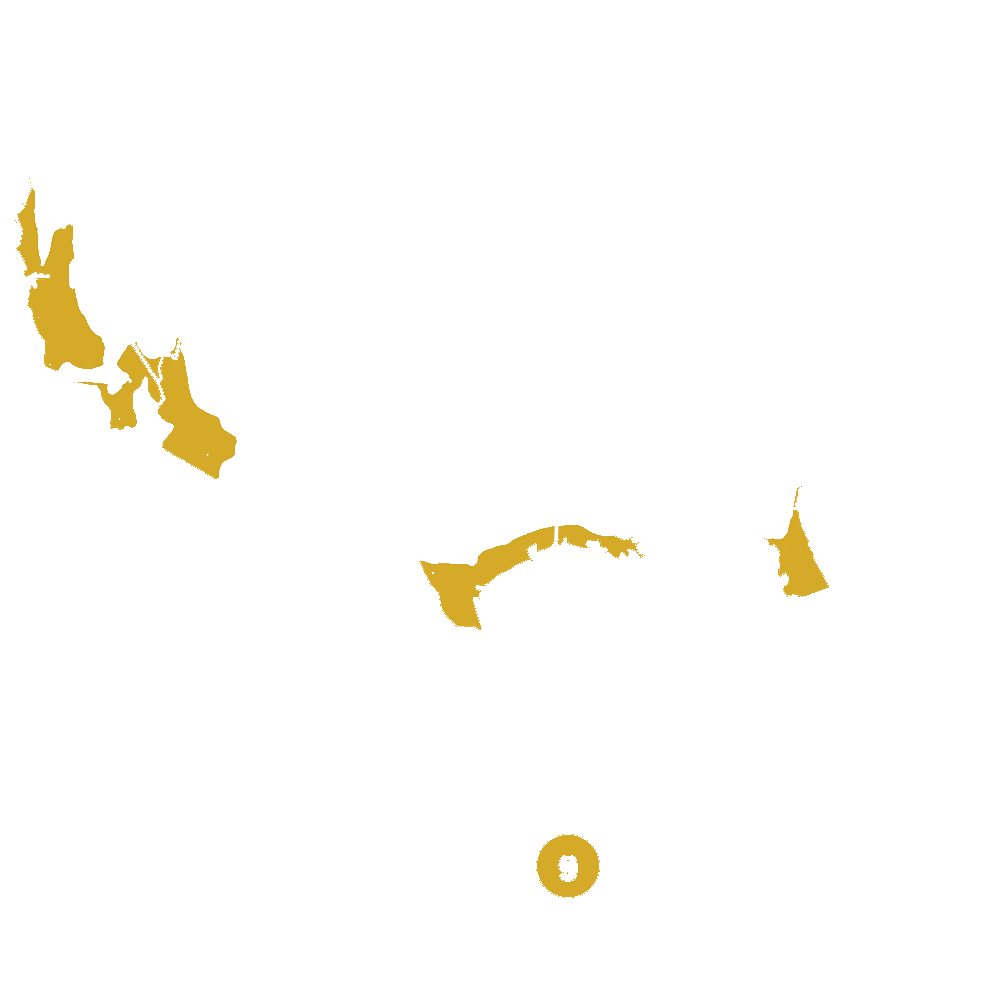
Pollination Info
Pollination Information for Mini Nectar Babe Nectarine
Scientific Name: Prunus persica nucipersica 'Nectar Babe'
Introduction: Mini Nectar Babe Nectarine tree is a self-fertile, dwarf variety of nectarine that is suitable for growing in small gardens or containers. However, cross-pollination with another compatible cultivar can increase fruit set and yield. Here are some important pollination information for Mini Nectar Babe Nectarine.
Flowering Time:
Mini Nectar Babe Nectarine trees bloom in early spring, usually in March-April, before the leaves emerge. The flowers are pink or white, and are borne singly or in small clusters on the branches.
Pollination:
Mini Nectar Babe Nectarine is self-fertile, which means that it can produce fruit by its own pollen without the need for another pollinator. However, cross-pollination with another compatible nectarine or peach tree can improve fruit quality and quantity. They also attract bees and other beneficial insects which help in pollination.
Cross-Pollination:
If you want to improve the fruit set and yield of your Mini Nectar Babe Nectarine tree, you can plant another compatible nectarine or peach tree nearby. Compatible pollinators for Mini Nectar Babe Nectarine include:
- Southern Belle or others varieties of nectarines
- Red Haven or other varieties of peach
- Any other self-fertile nectarine or peach variety
It is important to ensure that the pollinator tree blooms at the same time as Mini Nectar Babe Nectarine, to ensure successful cross-pollination.
Pollination Tips:
To ensure successful pollination of Mini Nectar Babe Nectarine, follow these tips:
- Plant a compatible pollinator tree nearby
- Ensure that both trees bloom at the same time
- Provide good bee habitat around your trees
- Avoid using insecticides during the bloom period, as it can harm the bees and other pollinators
Following these tips can help to ensure successful pollination of Mini Nectar Babe Nectarine and a good fruit set and yield.
FAQ
Mini Nectar Babe Nectarine (Prunus persica nucipersica 'Nectar Babe') FAQ
General Information
- What is the Mini Nectar Babe Nectarine?
The Mini Nectar Babe Nectarine is a type of fruit tree that bears small, sweet and tangy nectarines.
- What is the scientific name of Mini Nectar Babe Nectarine?
The scientific name of the Mini Nectar Babe Nectarine is Prunus persica nucipersica 'Nectar Babe'.
- What is the size of the tree?
The Mini Nectar Babe Nectarine is a dwarf variety and can reach a height of 4 to 5 feet at maturity.
Growing and Care
- What is the growing zone of Mini Nectar Babe Nectarine?
The Mini Nectar Babe Nectarine can grow in USDA growing zones 5 to 8.
- What type of soil is best?
The Mini Nectar Babe Nectarine prefers well-drained, loamy soil with a pH range of 6.0 to 7.5.
- How much sunlight does it need?
The Mini Nectar Babe Nectarine requires full sun exposure for at least 6 hours a day.
- How often should I water it?
Water the Mini Nectar Babe Nectarine deeply once every 7 to 10 days. Make sure that the soil is moist but not waterlogged.
- How often should I fertilize it?
Fertilize the Mini Nectar Babe Nectarine with a balanced fertilizer once in early spring and again in late summer.
- How often should I prune it?
Prune the Mini Nectar Babe Nectarine in late winter or early spring to maintain its shape and remove any diseased or damaged wood.
Harvesting and Storage
- When can I expect to see fruit on the tree?
The Mini Nectar Babe Nectarine may bear fruit within 2 to 3 years after planting.
- When is the best time to harvest the nectarines?
The nectarines are ready to be harvested in mid to late summer when they are firm, but slightly soft to the touch and have a good aroma.
- How do I store the nectarines?
The nectarines should be stored at room temperature until they are ripe. Once ripe, they can be stored in the refrigerator for up to 5 days.
- What pests and diseases should I be aware of?
The Mini Nectar Babe Nectarine may be susceptible to pests such as aphids and borers, as well as diseases such as brown rot and leaf curl.
Propagation
- How do I propagate the Mini Nectar Babe Nectarine?
The Mini Nectar Babe Nectarine can be propagated through hardwood cuttings, grafting or budding.
- Can I grow the Mini Nectar Babe Nectarine from seeds?
Yes, the Mini Nectar Babe Nectarine can be grown from seeds, but it may not produce fruit true to the parent plant.
Planting & Care
Planting & Care for Mini Nectar Babe Nectarine (Prunus persica nucipersica 'Nectar Babe')
The Mini Nectar Babe Nectarine is a dwarf fruit tree that requires minimal pruning and maintenance, making it an ideal choice for small gardens, patios, and balconies. Follow these planting and care tips to grow healthy and productive Mini Nectar Babe Nectarines:
Planting
- Choose a sunny location with well-drained soil.
- Plant Mini Nectar Babe Nectarines in late winter or early spring when the soil is moist but not waterlogged.
- Dig a hole that is slightly larger than the root ball of the tree and backfill it with a mix of original soil and compost.
- Water the tree immediately after planting.
Care
- Water the tree regularly, especially during the growing season. The soil should be moist but not waterlogged.
- Fertilize the tree with a balanced fertilizer in early spring, just as the tree starts to emerge from dormancy.
- Prune the tree in late winter or early spring to remove any dead, diseased or damaged branches and to maintain its shape.
- Thin the fruit in late spring or early summer to promote the growth of larger, sweeter fruit.
- Protect the tree from birds and other pests by using netting or other physical barriers.
Harvesting
Mini Nectar Babe Nectarines ripen in mid-summer. When the fruit is slightly soft to the touch and has a strong fragrance, it is ready to be harvested. Pick the fruit gently to avoid bruising.
Following these planting and care tips will help you grow healthy and delicious Mini Nectar Babe Nectarines.
Check Out These Verified Customer Reviews:
Customer Reviews
4.7 out of 5 based on 18 reviews
Thank you! Your review has been submitted.
Fresh and juicy, perfect for snacking.
The Mini Nectar Babe Nectarine looks exactly like the picture, so vibrant and fresh. It arrived in perfect condition and tasted absolutely delicious. The website was user-friendly and the shipping was fast. Overall, a great experience!
Will definitely purchase again.
Item has been added to your cart.



